Tendons and Ligaments

Achilles Tendon, Image from OpenStax
Made up of dense connective tissue, tendons and ligaments are collagen-rich and are designed as these rope-like structures that help anchor our musculoskeletal system. Without them we would be incapable of moving our joints and limbs.
They each have a unique job:
Tendons are found at the end of a muscle and connect it to a bone. For example, the hamstring tendon connects your thigh muscle (hamstring) to your calf bone (fibula) and shin bone (tibia) behind the knee. The achilles tendon is the largest tendon in the body and connects your three calf muscles (plantaris, gastrocnemius, and soleus) to the heel bone (calcaneus).
Ligaments are found where bone attaches to bone, at the site of a joint. Take the anterior cruciate ligament (ACL) that attaches your thigh bone (femur) to your shin bone (tibia) and makes up part of your knee joint.
Spotlight on Estrogen
Estrogen is primarily produced in the ovaries and is at its highest at the time of ovulation. It’s role in the menstrual cycle is to prepare the egg and uterus for implantation should the egg be fertilized. Since estrogen circulates through the bloodstream we see its influence in different body systems:
- Preventing dementia
- Balancing cholesterols – increasing the “good” (HDL) and decreasing the “bad” (LDL)
- Improving blood flow by relaxing, smoothing, and dilating blood vessels
It’s influence on the soft tissues though is where we’re most concerned for this article. Estrogen increases the collagen content of connective tissues which means our tendons and ligaments:
- Have less stability
- Lose some of their stiffness and rigidity
- Have a lower point of ultimate stress – so the tipping point when injury occurs is lower
In the ovulating body this means we want to be a bit more cautious around midcycle since our connective tissues are more vulnerable to injury and strain.
Plantar Fasciitis and Ovulation

Plantar Fascia on the Sole of the Foot, Image by Kosi Gramatikoff
One of the more common complaints I see based on this peak-estrogen phenomenon is the change in foot pain. The plantar fascia is a wide bit of connective tissue that webs across the bottom of the foot from the heel bone (calcaneus) into the base of the toes (phalanges). Plantar fasciitis is the term for inflammation of this band of connective tissue and when it is cranky you hear it loud and clear for those first hobbling steps in the morning and after being seated for a period of time. This can be especially true in the days leading up to ovulation before the soothing, anti-inflammatory properties of progesterone start to ramp up.
Tips for Decreasing Pain and Injury
Some researchers recommend the birth control pill as a preventative measure for the very physically active amongst us. While I am not anti-contraceptive, not by a long shot, I do wonder if the same researchers are weighing their advice against the side effects of hormonal contraceptives, like the increased risk of blood clots, the change in gut microbiome, a higher inflammation rate, and susceptibility towards high blood pressure and cardiovascular disease, with this recommendation. Doesn’t sound like a fair exchange for a few days a month to me, but I’m not an athlete and altering my gardening and strength-training routine around ovulation does not pose an inconvenience to my lifestyle. Certainly worth having a conversation with your prescribing physician on the subject to weigh your individual goals and needs, yes? Yes! Want to learn more about the side effects of the pill? I recommend checking out Jennifer Block’s latest book, Everything Below the Waist: Why Healthcare Needs a Feminist Revolution.
I find it helpful to consider the benefits of estrogen before I curse it for giving me a window every month during which I might injure myself in a way that would greatly restrict my movements while I convalesce. In truth, our bodies struggle without estrogen – our skin and bones thin, we have less lubrication, we may feel depressed or experience mood swings, and we’re more prone to dementia and heart disease, to name a handful.
With that in mind here are my tips:
- Know when you’re ovulating so you can plan your weekend warrior painting projects and high-intensity activities around it – I use the Fertility Friend app to track my cycles.
- Plan your next Reflexology session between the end of the bleeding portion of your cycle and ovulation to maximize the treatment benefits in this window.
- Practice gentle stretching techniques of the foot for plantar fascia pain – the no-pain-no-gain approach does not apply here.
- Follow a constitutional diet if your body type is more prone to connective tissue imbalances.
- Use traditional seasonal eating patterns in the Fall and Winter to maintain a healthy musculoskeletal system.
In our next session together I’d be happy to answer questions about tracking your menstrual cycle, and I’ll gladly demonstrate a couple of my favorite stretching techniques that start working immediately for foot pain. I have a couple decades of experience in cycle charting using the fertility awareness method – which means tracking waking body temperature, cervical fluid, and cervical position. As a Reflexologist I’ll tell ya’ what, plantar fasciitis doesn’t care if you’re a professional hockey player, a sous chef, a stay-at-home-mom, a hairdresser, or the CEO of a multinational corporation – it hurts and I can help.
If we haven’t worked together yet I would recommend either the two or six month wellness plan so we can:
- Assess your constitution in Traditional Ayurveda and Chinese medicine
- Map out seasonal and constitutional lifestyle recommendations
- Explore anatomy and physiology of key body systems
- Prepare a wellness plan that includes botanicals and bodywork as appropriate
- Achilles picture by OpenStax used under Creative Commons License
- Plantar fascia picture by Kosi Gramatikoff used under Creative Commons License
- Influence of estrogen on the plantar fascia – Lower Extremity Review magazine
- Hormone Levels Likely Influence A Woman’s Risk Of Alzheimer’s, But How? – NPR
- Experimental Benefits of Sex Hormones on Vascular Function and the Outcome of Hormone Therapy in Cardiovascular Disease – PubMed
- Female hormones: do they influence muscle and tendon protein metabolism? – Cambridge University Press
- Effect of Estrogen on Musculoskeletal Performance and Injury Risk – Frontiers in Physiology
- Why are women more prone to knee injuries than men? – ScienceDaily



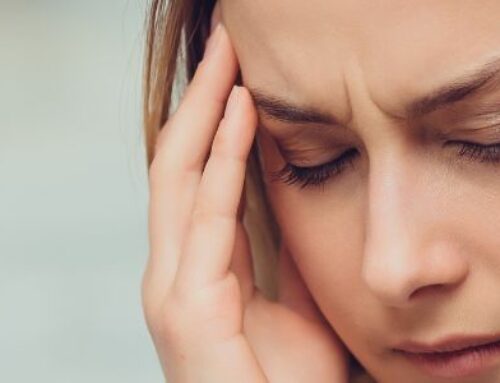

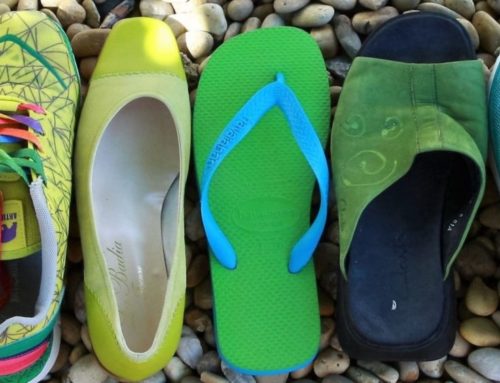
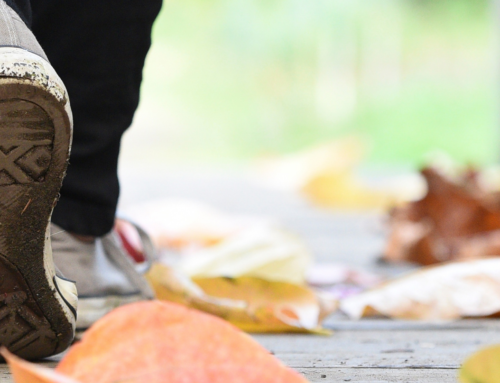
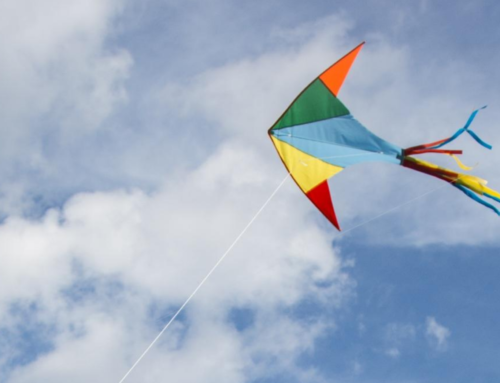
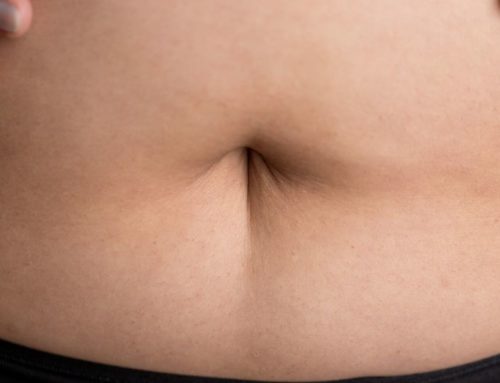
[…] Estrogen influences foot pain by reducing the rigidity of tendons and ligaments. We would anticipate high estrogen levels in a natural menstrual cycle following bleeding and just before ovulation, and in pubescent bodies with or without menstruation. Persons with hypothyroidism are susceptible to higher levels of estrogen due the relationship between the ovaries and thyroid falling out of balance. Are you due for a hormone lab panel soon? […]